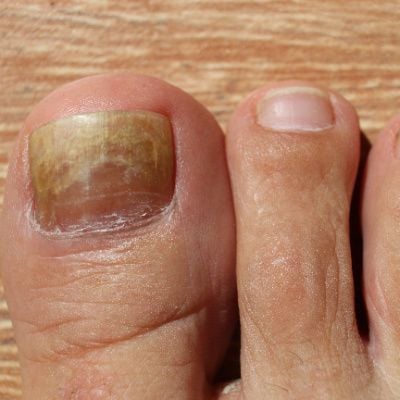 Nail fungus, or onychomycosis, is a common and often persistent condition affecting millions worldwide. This in-depth exploration aims to shed light on the various aspects of nail fungus, including its causes, symptoms, prevention, and effective treatment options.
Nail fungus, or onychomycosis, is a common and often persistent condition affecting millions worldwide. This in-depth exploration aims to shed light on the various aspects of nail fungus, including its causes, symptoms, prevention, and effective treatment options.
Understanding Nail Fungus
Nail fungus is a fungal infection that primarily targets the toenails but can also affect fingernails. Delving into the basics, we'll discuss how fungi, particularly dermatophytes, thrive in warm and moist environments, making nails susceptible to infection.
Causes and Risk Factors
- Fungal Culprits: Examining the various types of fungi responsible for nail infections and their modes of transmission.
- Risk Factors: Discuss the conditions that elevate the risk of developing nail fungus, including age, weakened immune system, and frequent exposure to moisture.
Signs and Symptoms
Detailing the unmistakable signs of nail fungus, such as discoloration, thickening, and brittleness of the nails, as well as potential pain or discomfort. This section aims to assist readers in identifying the condition in its early stages.
Diagnosis and Evaluation
- Clinical Assessment: Exploring how healthcare professionals diagnose nail fungus through a physical examination and discussion of symptoms.
- Laboratory Tests: Highlighting the role of laboratory tests, including nail cultures and microscopic examinations, in confirming the presence of fungal infections.
Prevention Strategies
- Maintaining Nail Hygiene: Providing practical tips on keeping nails clean, trimmed, and dry to minimize the risk of fungal infections.
- Proper Footwear: Discuss the importance of breathable footwear and regular shoe rotation to prevent moisture accumulation.
Treatment Options
- Topical Antifungal Medications: Exploring over-the-counter and prescription options for treating mild to moderate nail fungus.
- Oral Antifungal Medications: Discuss systemic treatments that target the infection from within the body, often prescribed for severe cases.
- Laser Therapy and Other Innovations: Touching upon emerging treatments like laser therapy and their efficacy in managing nail fungus.
Home Remedies and Lifestyle Adjustments
Offering insights into natural remedies and lifestyle changes that may complement medical treatments, such as tea tree oil or vinegar soaks.
Coping with Recurrence and Persistent Infections
Guiding individuals facing recurrent nail fungus or those dealing with persistent infections, emphasizing the importance of consulting a healthcare professional for personalized solutions.
Seeking Professional Advice
Encouraging readers to seek professional guidance when dealing with nail fungus, especially if symptoms are severe or persistent. Emphasizing the role of podiatrists and dermatologists in effective diagnosis and treatment.
Conclusion
In conclusion, understanding and addressing nail fungus requires a combination of preventive measures, early detection, and effective treatments. Individuals can take proactive steps toward maintaining healthy, fungus-free nails by arming themselves with knowledge about the causes, symptoms, and available solutions. Remember, seeking timely professional advice ensures a comprehensive approach to managing nail fungus, promoting aesthetic appeal and overall foot health.
Disclaimer:
The information on this website is provided for educational and information purposes only and is not medical advice. Always consult with a licensed medical provider and follow their recommendations regardless of what you read on this website. If you think you are having a medical emergency, dial 911 or go to the nearest emergency room. Links to other third-party websites are provided for your convenience only. If you decide to access any of the third-party websites, you do so entirely at your own risk and subject to the terms of use for those websites. Neither Jeffrey S. Kahn, D.P.M., nor any contributor to this website, makes any representation, express or implied, regarding the information provided on this website or any information you may access on a third-party website using a link. Use of this website does not establish a doctor-patient relationship. If you would like to request an appointment with a health care provider, please call our office at (860) 563-1200.



